E-cigarettes and vape, also known as Electronic Nicotine Delivery System (ENDS), are electronic devices designed to simulate the feeling and experience of traditional cigarettes, providing users with a way to ingest nicotine while reducing Risks associated with harmful chemicals produced by combustion in traditional cigarettes.
vape after the explosive development in recent years, deeply loved by consumers, we are no longer unfamiliar with vape, but we are not necessarily clear about the history of vape. If you want to understand the history of vape, just read this article.
As a popular new tobacco product, vape is deeply loved by consumers. Driven by the demand of the global consumer market, its industry continues to develop and innovate. Some users who pay attention to the vape industry and are ready to start smoking vape hope to know more about the vape industry. Everyone is no longer unfamiliar with vape, but they may not necessarily know the history of vape development. So, this article will sort out the history of vape development, hoping to bring help to our readers and inspire this industry.
1. 1960s-1970s: Early vape-related concepts
In 1927, Joseph Robinson of the United States applied for a patent for the first electric vaporizer. He claimed that the invention could be used to atomize medicine, making it easier for people to inhale the vapor without any possibility of being burned. . However, Robinson did not bring his patent to market.
Although Joseph Robinson’s electric vaporizer was not designed to atomize tobacco, it may have provided the idea for Herbert A Gilbert’s smokeless cigarette.
American pharmacist Herbert A. Gilbert applied for a patent for a “smokeless non-tobacco cigarette” in 1963. His smokeless cigarette design claimed to “replace paper and burning tobacco with heated, moist, scented air.” This is considered an early prototype of vape. However, due to technical limitations and lack of commercial support, it was not widely used.
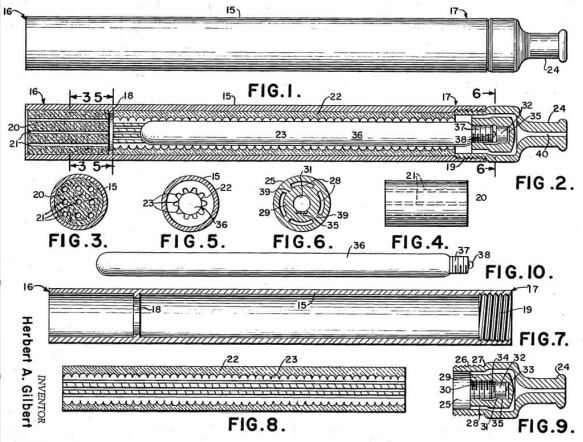
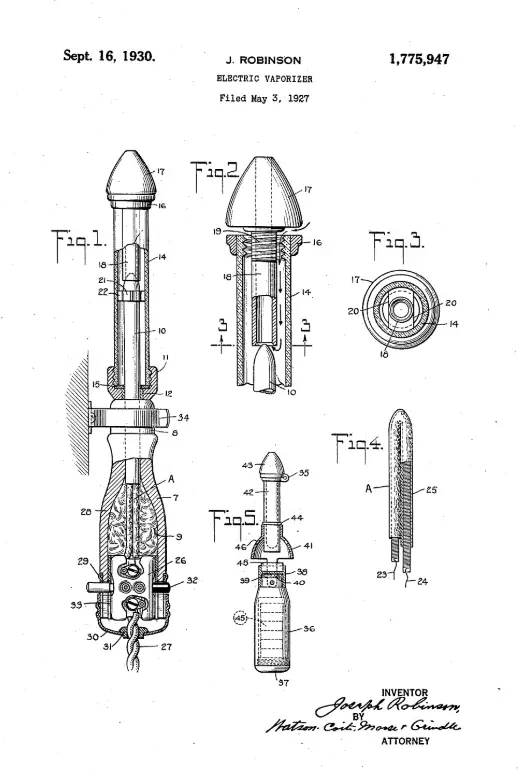
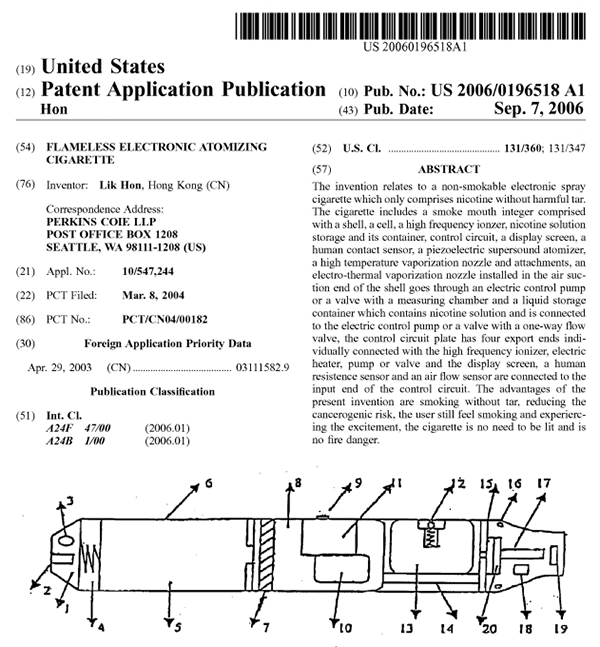
2. 2003-2009: The first commercial vape
Chinese pharmacist and inventor Hon Lik successfully invented the first nicotine-based vape product in 2001, the precursor to the modern vape. The vape he designed uses ultrasonic technology to convert liquid nicotine (a solution containing propylene glycol, nicotine and other ingredients) into vapor for users to inhale. This invention is considered an important milestone in the history of vape development, laying the foundation for subsequent technological improvements and commercialization.
In 2003, Han Li applied for and obtained an invention patent for “a non-combustible electronic atomized cigarette”. He subsequently established a company to commercialize it under the brand name “Ruyan”, which means “smoke-like”. Inhalation”. Han Li is therefore widely regarded as the inventor of vape.
In December 2006, Jinlong Group acquired the vape business from Han Li, one of its shareholders. In November 2007, Jinlong Group issued an announcement and changed its name to Ruyan Group. Its market value was once nearly HK$120 billion. In 2008, Ruyan’s sales reached 1 billion yuan, with global sales exceeding 300,000 units.
But Ruyan is just a flash in the pan, on the one hand from 2008, Ruyan in China due to publicity issues under public pressure, on the other hand is the global development setbacks, just a year later, in 2009, such as tobacco annual loss of up to 444 million yuan.
In 2013, Ruyan, which had been losing money for four years, was acquired by Imperial Tobacco for $75 million, including the vape patent, and Hon Lik also served as a research and development consultant at Fontem Ventures, a vape company owned by Imperial Tobacco
3. 2007-2010: Rapid expansion of the vape industry
As the saying goes, One Whale’s Fall, the Birth of All Things, Although Ruyan is a short-lived flash in the pan, the vape it commercializes has given birth to an industry with strong vitality.
-
The explosion of the global vape consumer market
In 2005, Ruyan Technology vape products began to be exported from China to the world; in 2006, vape began to be sold and used in Europe; in 2007, vape quickly entered the US market after becoming popular in the European market.
In September 2008, the WHO announced that it did not consider vape to be the most effective aid for smoking cessation. The U.S. vape regulatory policy immediately began to tighten. In March 2009, the FDA regulated vape as a medical device and banned its import. The development of the industry was hindered and the market size grew slowly.
In April 2009, Smoking Everywhere filed a lawsuit in federal court, arguing that vapes are tobacco and the FDA has no jurisdiction over them. At the end of 2010, the federal district court and the Washington Court of Appeals ruled against the FDA, stipulating that the FDA could only regulate vapes as tobacco products. The following year, the FDA announced that it would regulate vapes under the Food, Drug, and Cosmetic Act.
In 2010, after the FDA lost the lawsuit, the United States vape market was opened, Shenzhen, China with the advantages of electronics and foreign trade industry chain rapidly emerged a number of vape foundry, to accept a large number of orders from all over the world, especially the United States, and thus in Shenzhen Baoan Songgang, Shajing area gradually formed a vape industrial cluster.
Many old vape companies were established between 2009 and 2013, such as SMOORE, Firstunion, SILMO, Aspire, INNOKIN, Kangertech, Yocan, etc.
In 2014, China had more than 2,000 vape factories, producing 90% of the world’s vapes. It has maintained this level since then, with about half of its products sold to the United States and one-third to Europe.
-
The sudden emergence of vape trend in the Chinese market
From the perspective of the consumer market, the period from 2003 to 2008 was the initial development stage, and the market was global; the period from 2009 to 2018 was the stage of rapid expansion, with basically no market in China, mainly concentrated in Europe and the United States.
However, in 2018-2019, vape suddenly became a trend in China, and a large number of vape brands rushed to be established. Based on the information from all parties, there were two main reasons that promoted vape to become a trend at that time. One was high profits, and the other was high product repurchase rate.
Especially in December 2018, a piece of news broke out on China’s social media, [American vape company issued a year-end bonus of US$2 billion, with an average of US$1.3 million per capita!]
What company is so inhumane?
It turns out that the American vape company Juul Labs plans to spend US$2 billion to issue year-end bonuses in the form of special dividends to all 1,500 employees of the company. Based on this calculation, each person can receive an average of US$1.3 million (approximately RMB 8.95 million). ).
Juul first launched in the US market in 2015, but by 2016, its sales jumped 700 percent, and by September 2018, Juul had captured 72 percent of the US vape market, reaching $2 billion in sales that year.
At that time, Juul was valued at US$38 billion, once surpassing Space X. At the end of 2018, U.S. tobacco giant Altria spent $12.8 billion to acquire a 35% stake in JUUL. After raising money, Juul waved its hand and offered a wave of benefits to its employees, which led to the scene of a million-dollar year-end bonus.
Unlike the European and American markets, vape has disappeared from the Chinese market since 2008, when Ruyan declined in China. By 2018, many people believed that vape was an imported product and a foreign product.
In 2018, China’s vape consumer market was completely blank, and it was undoubtedly a big piece of meat in the eyes of various brands. Inspired by the million-dollar year-end prize, Chinese vape brands are full of hope and energy.
In the first half of 2019, Chinese vape brands sprung up like mushrooms after a rain, and various financings continued. According to incomplete statistics, there were more than 35 capital investment projects in vape in the first half of 2019, and 18 financings of more than 10 million yuan occurred, with the total amount exceeding 1 billion yuan.
However, China’s popularity did not last long. By October 30, 2019, the “Notice on Further Protecting Minors from Vapes” was officially released, and the vape “online sales ban” began to be implemented.
As a result, vape has entered a stage of strong supervision from a stage of rapid expansion.
4. 2019 to present: Vape faces regulatory challenges
The rapid development of vape has attracted the attention of relevant organizations in various countries and regions around the world, and has also attracted a lot of controversy. The biggest controversy is the temptation of this product to teenagers. A typical case is that JUUL has fallen into a vortex of public opinion due to attracting teenagers. Brand valuations have fallen again and again.
Based on the consideration of protecting teenagers, countries around the world have regulated vape.
-
Regulatory policies for global markets
In August 2016, the “Tobacco Products Control Act” promulgated by the US FDA took effect on August 8, 2016, requiring new tobacco products to pass PMTA before they can be marketed and sold legally, and at the same time strengthening supervision to prevent teenagers from using vape, February 2020 Tightening regulations have significantly increased industry compliance costs.
In the EU, vape is regulated and managed as a recreational consumer product. Starting from 2016, vape and related products will be subject to the regulation of Chapter 20 (article 20) of the TPD.
After China issued a ban on online sales of vape in October 2019, on March 11, 2022, the official website of the State Tobacco Monopoly Administration issued an announcement on the “Vape Management Measures”, which will come into effect on May 1, 2022. .
On April 12, 2022, the mandatory national standard for vape (GB 41700-2022) was officially released and will be implemented on October 1, 2022.
After the promulgation of management measures and national standards, Chinese ape factories need to obtain a license before they can produce, and they need to register on the unified trading platform. The vape industry has officially entered the era of compliance.
5. Conclusion
In conclusion, for vape, the era of strong regulation does not mean the end of the industry, but rather the beginning of a longer term, and the market continues to grow.
There are data to prove that in 2023, the total export of China’s vape products (including vape and similar personal electronic atomization devices, other non-combustion and inhalation products containing nicotine) reached 77.954 billion yuan, while the total export in 2022 is 66.286 billion yuan.
Unlike the previous simple and crude expansion stage, the vape industry in the era of strong regulation needs more technological innovation to develop products that meet regulatory policies and market needs. For the vape industry, change is the only constant, there are challenges, at the same time, there are opportunities.

If you want to know more about vape, please contact VECEE or leave a message below.
Shenzhen Yocan Technology Co., Ltd. has been a leading healthy vaporizer manufacturer since 2013. We specialize in designing and innovating high-quality disposable vapes, pod systems, batteries, and other smoking products. It is to become an innovative electric vape pen and customized vape hardware technology company integrating R&D, design, manufacturing, and marketing.
Since 2013, Yocan’s business has expanded to more than 20 countries and 60 regions worldwide. The disposable vape products and pod syster products produced are deeply loved by consumers. We have also established strong partnerships with major distributors from North America, Europe, Australia, South America, and the Middle East. For more information, please go to www.vecee.com.

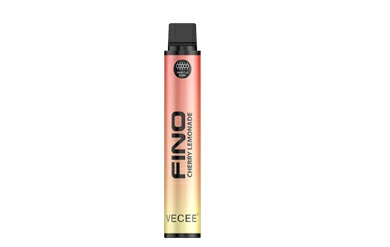

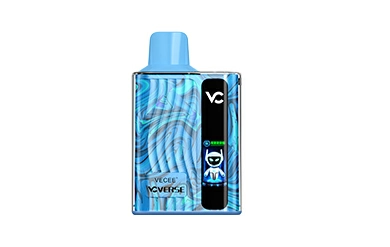
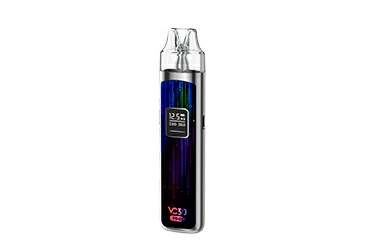
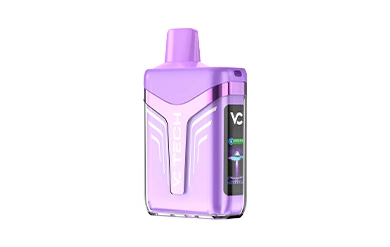
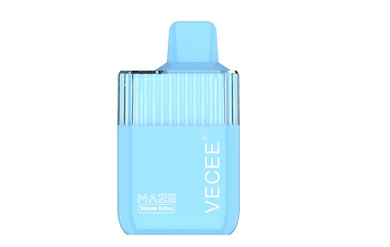
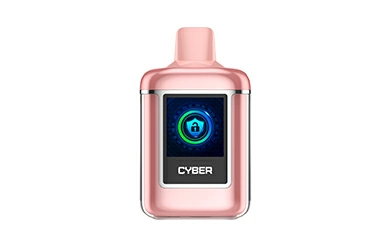
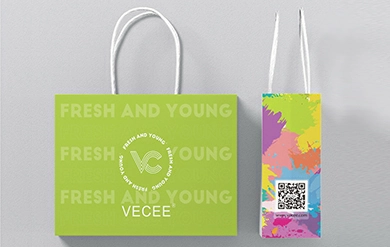
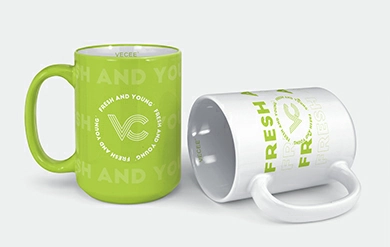
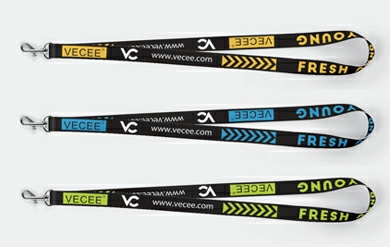
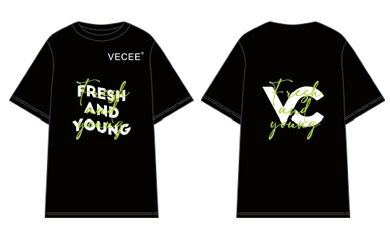
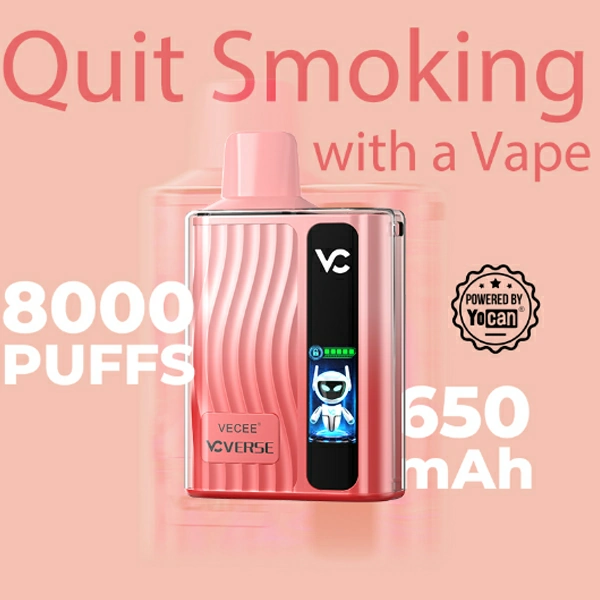
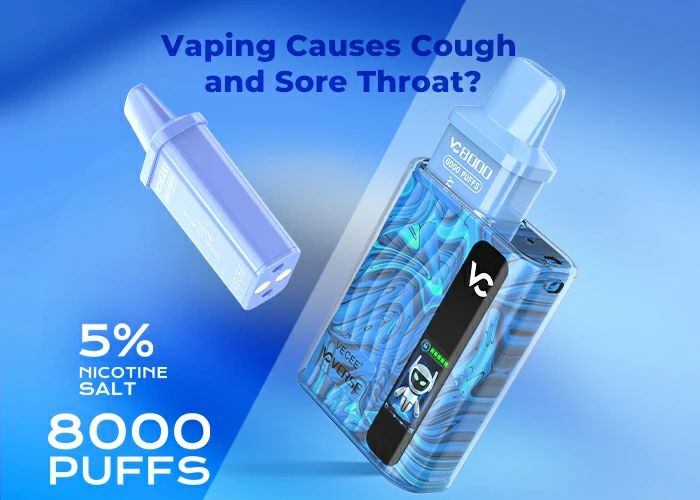
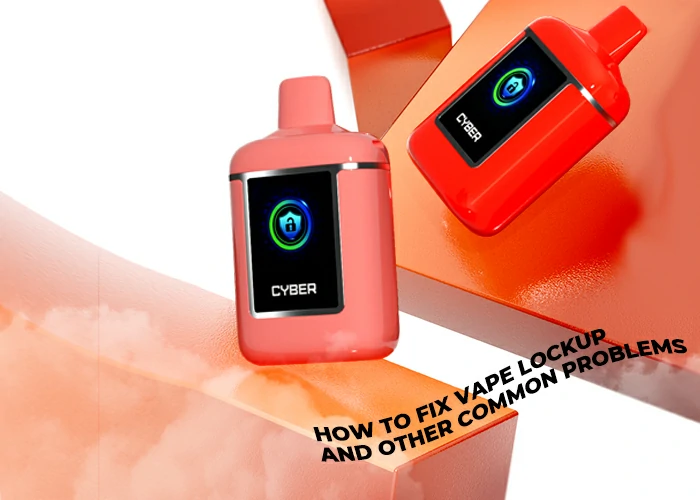

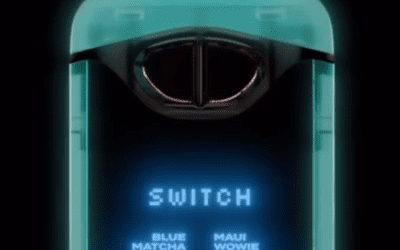
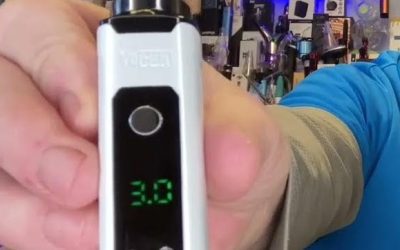
0 Comments